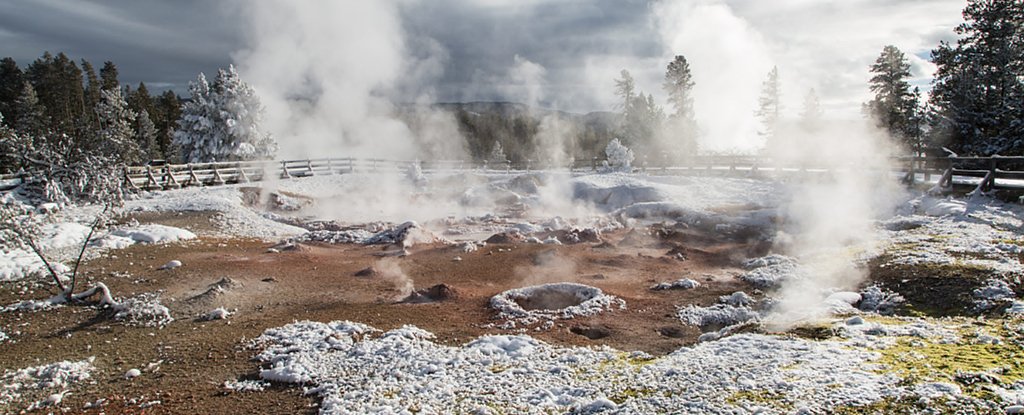
The two new-found events have been named the McMullen Creek eruption (occurring about 8.99 million years ago) and the Grey's Landing eruption (occurring about 8.72 million years ago), and they significantly adjust Yellowstone's long-term volcanic timeline – and appear to show that huge eruptions are now occurring way less frequently than they once did.
"We discovered that deposits previously believed to belong to multiple, smaller eruptions were in fact colossal sheets of volcanic material from two previously unknown super-eruptions at about 9.0 and 8.7 million years ago," says volcanologist Thomas Knott, from the University of Leicester in the UK.
With both newly identified events occurring during the Miocene period (23–5.3 million years ago), it raises the number of Yellowstone super-eruptions during that time to six – or one every 500,000 years, on average.
Compare that to the two super-eruptions that are thought to have happened across the same region during the last three million years, an average of one every 1.5 million years or so, and it seems as though the activity is getting more sporadic.
